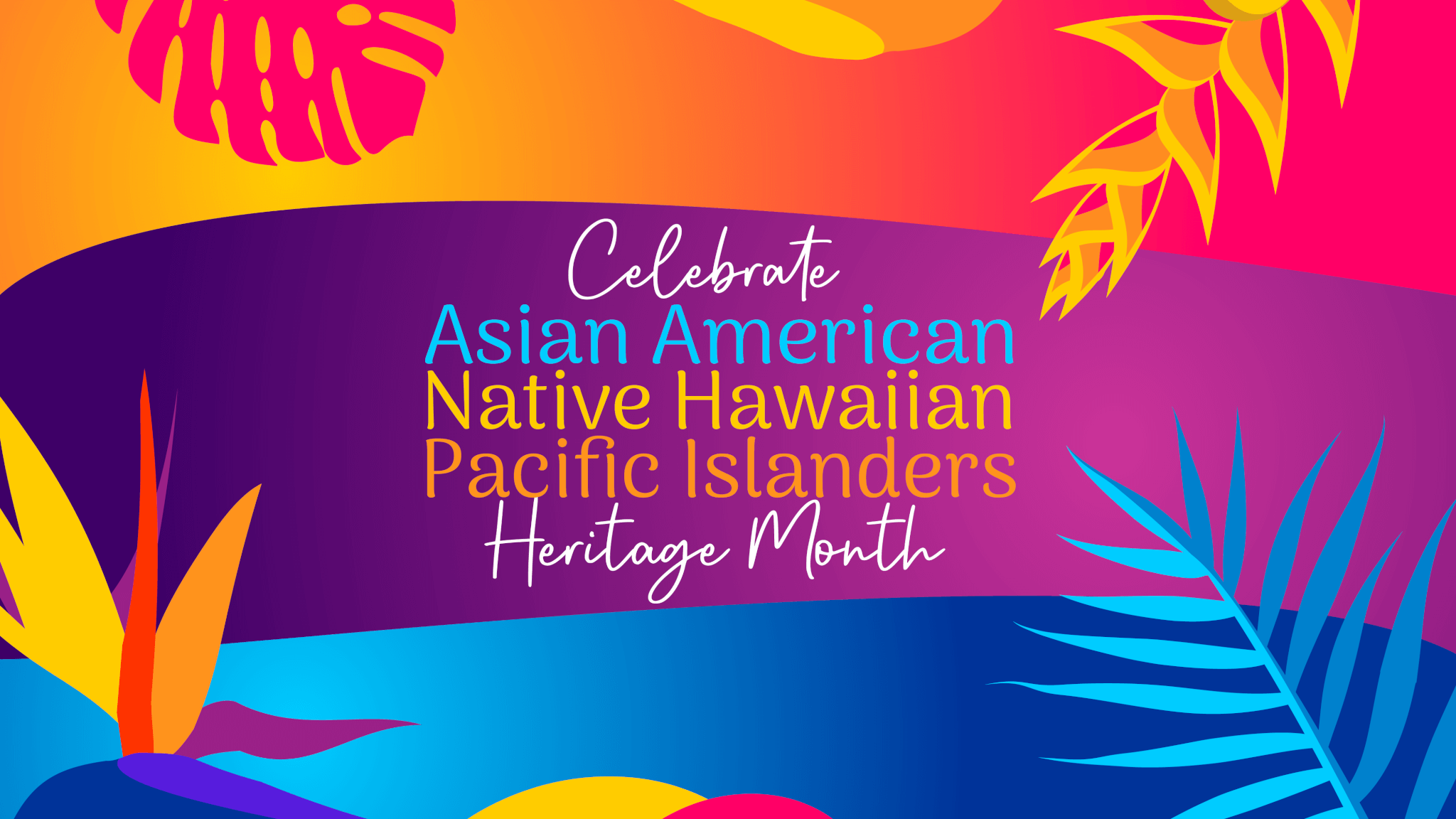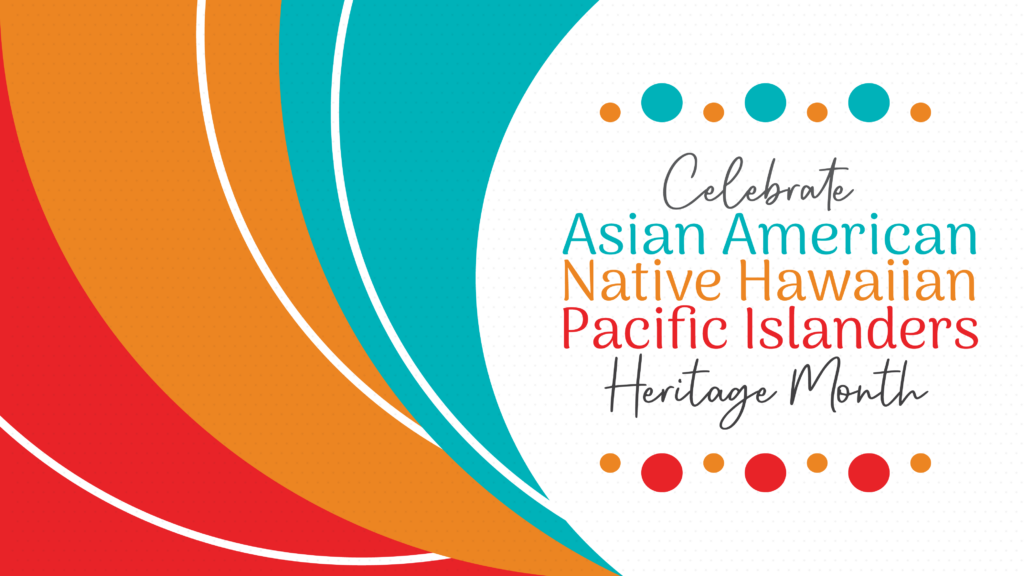
Digging into Diversity Within the AANHPI Community
Filed Under: Asian American, Multicultural

Emma Gepner
Analyst, Online Qualitative Research

Jane Park
Research Analyst, Quantitative Research
This month marks the 45th year celebrating Asian American, Native Hawaiian and Pacific Islanders (AANHPI) Heritage Month, but when did you learn about this celebration? To begin, here’s a little history about how this celebratory month came into existence.
How it all began and evolved
In 1977, Jeanie Jew shared the story of her grandfather who helped build the transcontinental railroad but was later killed amidst anti-Asian unrest. Many credit her and this story as the origin of this celebratory month. It wasn’t until 1979 that President Jimmy Carter signed Asian/Pacific American Heritage Week into law and another 11 years before President George H.W. Bush expanded the celebration to the whole month of May in 1990. May was selected as it marked the arrival of the first Japanese immigrants in the US in 1843 and marked the completion of the transcontinental railroad which Chinese laborers played a crucial role in constructing in 1869.

The celebratory month continued to evolve and change over time to acknowledge and be more inclusive of other groups. President Barack Obama expanded the title to include Pacific Islanders in 2009 before expanding again under President Joe Biden’s administration to also include Native Hawaiians. In an official statement, President Biden states, “AA and NHPI heritage has long been a part of the history of our great country and a defining force in the soul of our Nation. As artists and journalists, doctors and engineers, business and community leaders, and so much more, AA and NHPI peoples have shaped the very fabric of our Nation and opened up new possibilities for all of us.”
Increased Recognition by Brands
With the growth of more diverse Asian populations in the U.S. market, many brands have started to take notice and look to engage with these consumers by recognizing their holidays and customs. This year, a few examples of this trend include:
- Apple’s Chinese New Year-themed film, shot entirely on the iPhone
- Burberry’s collection celebrating the Year of Dragon
- Coca-Cola featured the Golden Dragon symbol in Vietnam
- A commercial by P&G highlighting Asian identity through pronunciation and meaning behind names
- Sephora’s first campaign celebrating Diwali
- Bath and Body Works celebrating AAPI month by featuring new fragrances inspired by Asia
However, as we see with other cultures, the increased targeting of Asian populations in marketing strategies have led some brands to stereotype Asian culture as a monolithic culture. Within other blogs our CultureBeat experts have written, we know the importance of brands authentically understanding and connecting with a cultural group, and that stereotyping could potentially damage its reputation and ultimately, sales.
Differences Matter
Despite the abundance of cultural differences and identities, Asians are often thought of as one monolithic community. There is pride in celebrating and acknowledging one’s cultural background, which makes specificity important when talking to Asian consumers. According to Pew Research, Asians typically describe themselves in two different ways: 1) by their ethnic origin alone (26%) or 2) in combination with American (25%). Taking the time to be mindful of and acknowledge the different Asian communities can go a long way in creating meaningful relationships with these consumers.
To celebrate AANHPI Month, brands have embraced some of the prominent cultural events and holidays within the community such as Lunar New Year, which showcases Asian communities’ rich diversity. While we’ve come a long way in recognizing our differences, there’s still work to be done. Behind every statistic and cultural celebration lies a unique story and experience. So, as we honor AANHPI Month, let’s embrace our individuality, break stereotypes, and strive for a more inclusive tomorrow.
explore featured
Case studies
